As detailed in a recent report from my organisation, Giving Green, there is a major opportunity for Australian philanthropists to play an outsized role in global emissions reduction by focusing their giving on organisations involved in decarbonising heavy industry exports, particularly through the production of green iron.
Australia’s annual domestic emissions are 463.9 million tonnes of CO2 equivalent per year. Meanwhile, the government estimates that the downstream emissions from Australia’s iron ore exports alone sit at 1,500 million tonnes of CO2 equivalent per year – more than three times Australia’s entire domestic emissions.
By leveraging its abundant renewable energy resources, Australia can produce these materials including iron and steel using green, low-emission methods at a lower cost than nearly any other nation. In doing so, Australia could reduce emissions by a larger margin than its own footprint, which accounts for just over 1% of the world’s emissions.
As one of the world’s largest exporters of raw materials, Australia has the resources and the potential to revolutionise the production of high-emission goods like iron, aluminium, ammonia, and critical minerals using green, low-emission methods. This is not just an environmental imperative but an economic one. The transition to green steel, using hydrogen blast furnaces powered by renewable energy, stands as a viable and economically sound strategy.
Yet, despite this high potential for impact, the decarbonisation of heavy industry exports remains critically underfunded. It receives a mere 2% of philanthropic climate funding. This is a huge opportunity for philanthropy to drive global emission reductions in a meaningful way. By directing their contributions towards this underfunded area, Australian philanthropists can address one of the most significant sources of global emissions and set a precedent for others to follow.
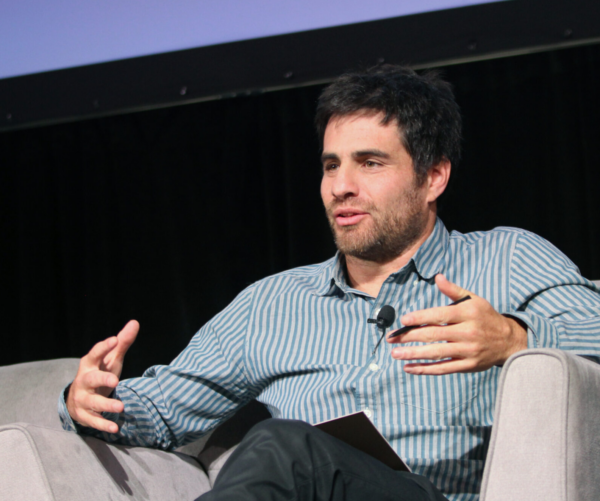
Image: Giving Green
Our recent work estimates that focusing on these strategies could reduce global emissions by approximately 7-9%, particularly from sectors notoriously difficult to decarbonise. Australia’s comparative edge – its low-cost renewable energy, status as a major producer of minerals and metals, and potential for hydrogen production – places it at the forefront of this crucial effort.
As we approach the 2025 federal election, the political landscape will undoubtedly influence the level of government support for these initiatives. However, the recent 2024-25 Federal Budget’s allocation of $1.7 billion towards promoting net-zero innovation, including green metals and low-carbon fuels, is a promising sign.
This substantial investment, part of the $22.7 billion Future Made in Australia package, positions climate strategists and renewable energy players as key beneficiaries. It is an opportune moment to advance domestic manufacturing and the circularity of green metals, reinforcing Australia’s commitment to reducing reliance on offshore exports and bolstering our efforts in emission reductions.
The economic and environmental benefits of using renewable energy for industrial processing are clear. This approach can drive economic growth, create jobs, and significantly reduce global greenhouse gas emissions. It is a pivotal element in steering the country towards recovery and facilitating the transition to renewable energy.
It is time for philanthropists to recognise this and help Australia seize the unique opportunity by supporting organisations that are at the forefront of this critical transition.
Author: Dr Dan Stein, Director and founder of Giving Green, a guide for individuals, philanthropic
foundations, and businesses to make more effective climate giving decisions. Giving Green
recently published High-Impact Climate Giving in Australia.
The views and opinions expressed in this article are the author’s own, and do not necessarily reflect those held by pv magazine.
This content is protected by copyright and may not be reused. If you want to cooperate with us and would like to reuse some of our content, please contact: editors@pv-magazine.com.
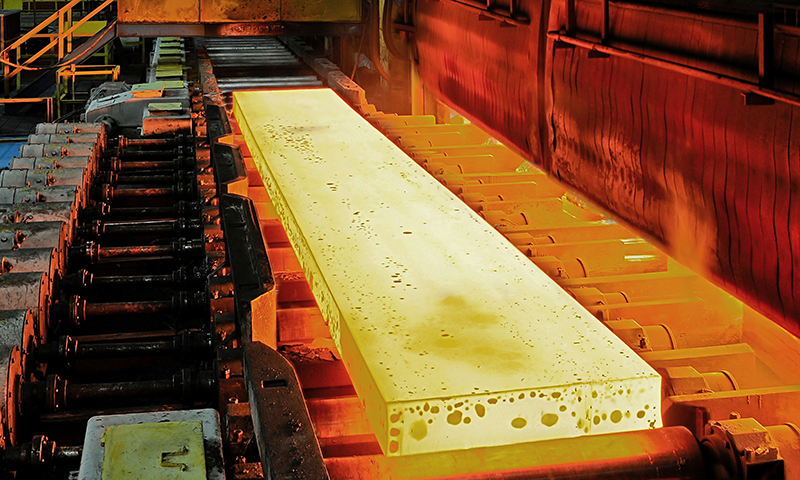
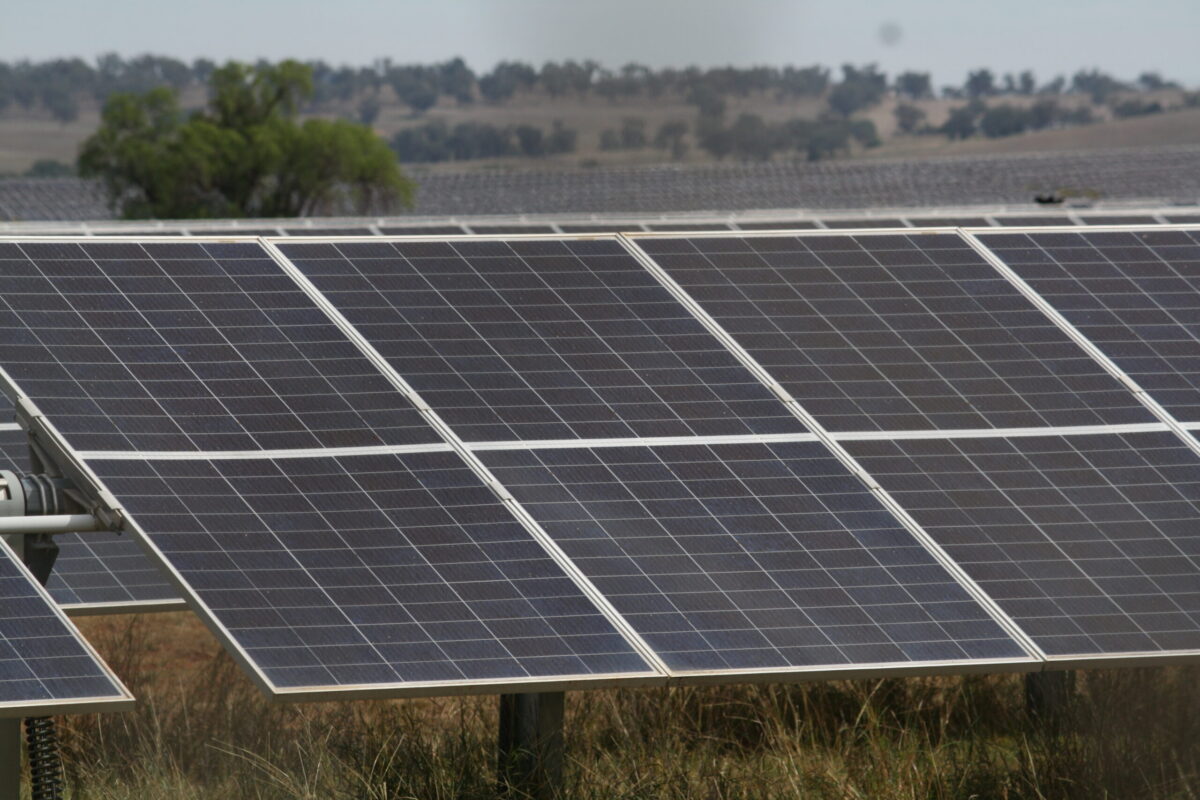

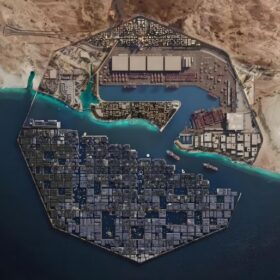
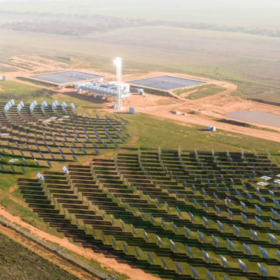
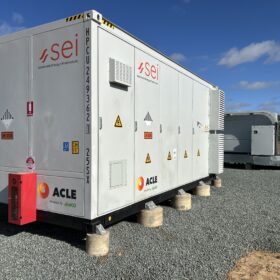
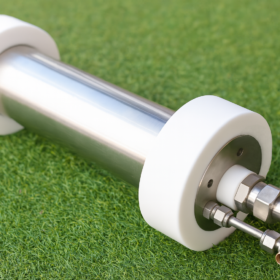
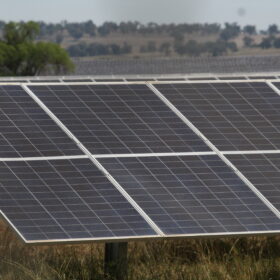
By submitting this form you agree to pv magazine using your data for the purposes of publishing your comment.
Your personal data will only be disclosed or otherwise transmitted to third parties for the purposes of spam filtering or if this is necessary for technical maintenance of the website. Any other transfer to third parties will not take place unless this is justified on the basis of applicable data protection regulations or if pv magazine is legally obliged to do so.
You may revoke this consent at any time with effect for the future, in which case your personal data will be deleted immediately. Otherwise, your data will be deleted if pv magazine has processed your request or the purpose of data storage is fulfilled.
Further information on data privacy can be found in our Data Protection Policy.